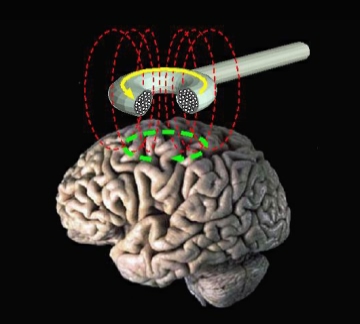Transcranial magnetic stimulation-evoked silent period (SP) has been attributed largely to the activity of intracortical inhibitory systems and recent reports provided evidence that it is a useful indicator of central motor disturbances. We studied the intra- and inter-examiner reliability of SP measurements in healthy subjects. SP measurements were performed by one single examiner and repeated by the same examiner 3 days and 7 days later, showing a high degree of intra-examiner reliability over time. In another subgroup SP measurements were performed on the same subject by three different examiners, demonstrating a higher level of variability. In both subgroups we found a high interindividual variability ranging from 44–258 ms and a considerably lower side-to-side difference within subjects. Our results suggest that longitudinal assessments of the SP in patients with central motor involvement should optimally be performed by a single examiner. Regarding the wide range of possible SP durations in healthy subjects the intraindividual side-to-side symmetry seems to be the most valuable parameter.

- Fritz, C. et al.: Silent period following transcranial magnetic stimulation: a study of intra- and inter-examiner reliability. Electroencephalogr Clin Neurophysiol. 105(3):235-240, 1997.
- Pylatiuk, C.: Postexzitatorische Inhibition bei der transkraniellen Magnetstimulation. Dissertation, Tectum Wissenschaftsverlag Marburg, 1998.

